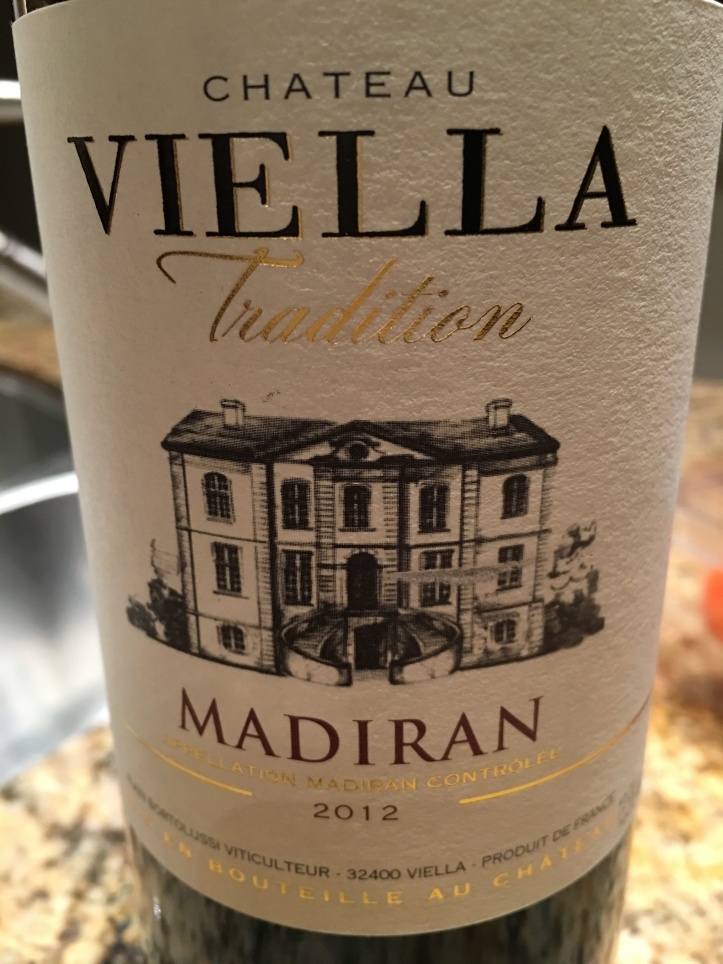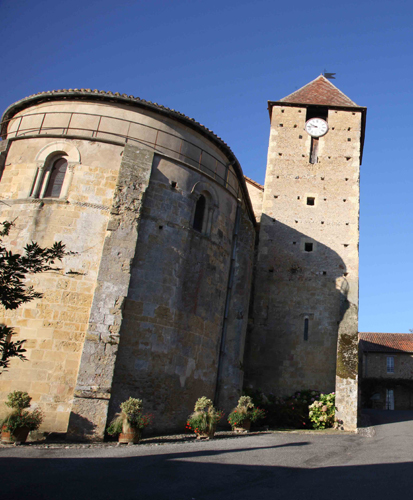Stage 11 will be the sprinters’ last hurrah for a few days, so expect them to race for glory before they slink to the back of the peloton tomorrow. Can Marcel Kittel continue his dominance for one more day? After watching him come from nowhere to win Stage 10 – with clean wheels – I sure wouldn’t bet against him! Even the commentators lamented his position far off the front group, saying he had waited too long accelerate. Yeah, right. My prediction: Marcel Kittel wins again, then hides out in the Pyrénées for a few days before vanquishing the other sprinters at the next designated sprint line.

Now, on to the wine! The next couple of stages will take us through the far reaches of southwestern France, just above the border with Spain. The region, known as Gascogne (or Gascony) is home to some unique wines that you might not have discovered. For red wine lovers, I’m recommending a foray into the area called Madiran. Its wines are based on a grape called Tannat, and they can be quite tannic and intense. But if you’re a fan of Cabernet Sauvignon and the big reds of Napa Valley, this should be an interesting stretch for you. On a side note, Tannat has found a receptive home in the New World – Uruguay. Winemakers there are producing some very interesting specimens that are well worth searching out. Give it a try with a grilled rib-eye! Click here for more wine-pairing ideas from Madiran.

For you white wine lovers, Madiran has something for you, too. Pacherenc du Vic-Bilh is made from a blend of local grapes (Courbu, Petit Courbu, Gros Manseng, and Petit Manseng,) and can be either sweet or dry. It is similar in style to the wines of Jurançon, which are perhaps better known here in the US. Pacherenc du Vic-Bilh whites tend toward the aromatic, giving off scents of citrus, tropical fruit, white peaches, and apricots. The more complex versions may also exhibit enticing floral aromas, similar to Viognier, the White Queen of the Northern Rhone.
The wine-making tradition of Madiran dates back to the 11th century when Benedictine monks established the Madiran Priory. As they became rooted in the community, the monks began to produce wine, which at first was intended for sacramental use. As their expertise increased, they expanded production to sell to local residents and to those who lived high above in the Pyrénées Mountains.

Centuries later, the wines of Madiran were often used to supplement wines produced in other parts of France that, while commercially more popular, frequently lacked sufficient structure or color on their own. Happy to say that in the 21st century, the wines of Madiran stand tall on their own, and have developed quite a following. While less obscure than they used to be, wines from Madiran and Jurançon have historically been tough to ferret out in the US; but times are changing. A local shop or restaurant with a focus on French wine may have some interesting bottles for you to try. And they are budget-friendly, too. One of the keys to enjoying reasonably priced wine is to explore areas that are new on the radar. It takes a little more work, but it’s worth it!
Vive le Tour!
The Madiran white wines sound interesting to me. Vive le Tour!
LikeLiked by 1 person
It’s such a beautiful area to explore, with many unusual wines to sample. So much fun, even on a virtual trip!
LikeLike
my favorite way to discover new favorites! nothing better than pulling out a fine bottle that no one has heard of. 🙂
LikeLiked by 1 person
So true! I love sharing an unusual bottle with friends. Always makes for interesting conversation.
LikeLiked by 1 person
[…] in tasting wines from South West France: availability. While Malbec from Cahors and Tannat from Madiran are no strangers to U.S. shelves, they are hardly ubiquitous. And they’re the best-known […]
LikeLike